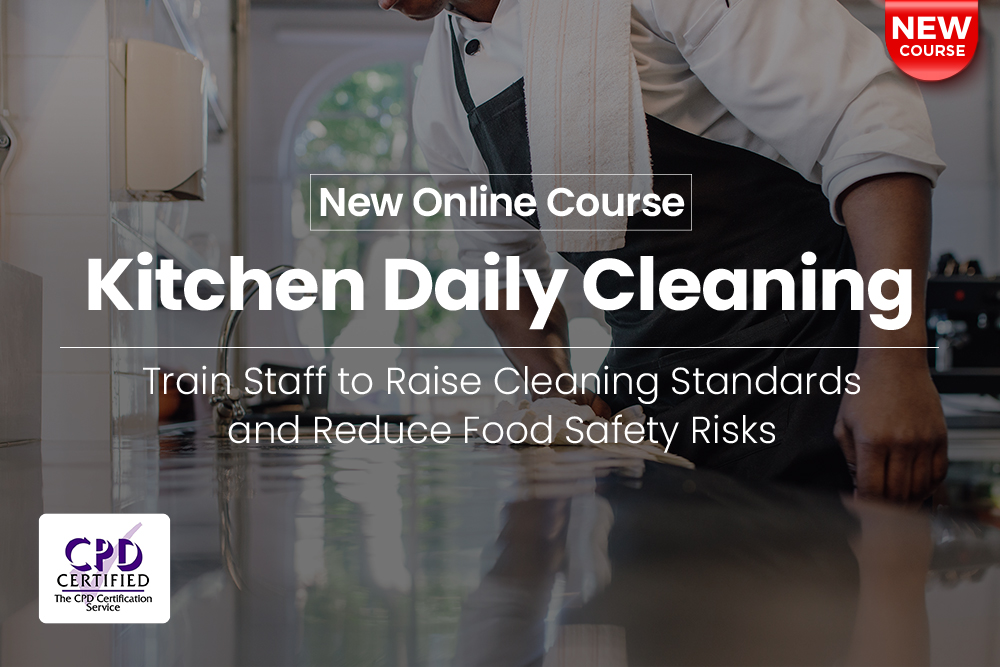
Statistics show that 17% of adults (around 1 in 6) experience a common mental disorder, such as depression or anxiety, each week. At least we did in 2014 – the last year a UK-wide mental health survey happened.
Surveys were also held in 1993, 2000 and 2007. Each one showed a successive increase in the prevalence of common mental disorders. The next survey is in 2023. After a worldwide pandemic and the cost of living crisis, it’s safe to assume the UK’s mental health has worsened.
Without resilience in the workplace, businesses pay the price. Presenteeism – when workers are present but less productive at work due to ill mental health – costs UK businesses £16 to £21 billion a year. This doesn’t include the costs of absenteeism or high staff turnover, that’s also often driven by poor mental health.
But there are things you can do right now to support your staff and promote good mental health at work.
One of the first steps is building resilience. Our guide explains four things you can do to support your employees’ mental health, transform your company culture and build resilience in the workplace.
What is Resilience?
Psychological resilience is the ability to experience stress, adversity or crisis and then recover to a healthy mental or emotional state.
Put simply; resilient people can take life’s challenges in their stride.
However, this doesn’t mean they don’t experience negative emotions or distressing thoughts. Resilience isn’t about immunity to negative emotions, it’s the ability to handle them in a healthy way. Even the most resilient among us experience periods of stress or sadness – it’s human.
Why is Resilience in the Workplace Important?
Studies have shown that personal resilience directly correlates with job performance and that building resilience at work increases productivity.
Developing resilience in your workplace can bring benefits such as:
- Decreased turnover – resilient employees are better at handling stress and therefore have generally higher levels of job satisfaction
- Increased motivation – resilient people are more likely to visualise positive outcomes and commit to making them happen, even in times of stress
- Better collaboration – resilient workplaces encourage more open, honest feedback and support healthier conflict resolution
- More innovation – being resilient allows employees to step back from challenges and find creative new solutions
- Enthusiasm for challenges – mentally resilient employees welcome challenges and can positively reframe mistakes or obstacles as learning opportunities
- Better physical health – resilience strongly correlates with better sleep, healthier bodies and even a stronger immune system, meaning fewer sick days
How Can You Develop Resilience at Work?
Mental health is different for everyone. Hundreds of personal and environmental factors determine someone’s mental well-being – this is also true of resilience.
It doesn’t mean employees can’t learn resilience. Multiple businesses have developed a resilient workforce and enjoyed its benefits.
Here are four strategies that you can use to start building a more resilient work environment:
1 – Recognise When Employees Need Support
Mental health struggles are often invisible; as we’ve already mentioned, mental wellness differs for everyone. People experience stress in the workplace differently.
You must learn which team members need support and what’s causing stress. The most straightforward way to achieve this is with a survey, which businesses should do anonymously. Be aware that most people feel there’s a stigma around mental health, especially in the workplace, so anonymous surveys will yield the most honest answers.
2 – Change Your Work Environment
Every employer should work to offer their employees a ‘good job’ – a term defined by Business in the Community (BITC). This non-profit organisation promotes responsible business. When employees feel they have a ‘good job’, they’re more capable of overcoming the stress or anxiety it might cause.
More detailed guidance from BITC is available here, but a ‘good job’ is essentially made up of three different areas:
- Good work – employees feel valued, paid fairly and find meaning in their job
- Good job design – employees have a say in how, when and where they work and have reasonable demands placed on them, helping them maintain a healthy work/life balance
- Psychological safety – employees feel listened to and able to make mistakes without fear of reprisal
You should work with your employees to progress in these areas, in accordance with your policies and what is appropriate for your workplace, of course.

Psychological safety has the most direct impact on developing resilience in your workplace. Fear of failure is a powerful motivator and can often lead to people falling into negative thought patterns. This harmful thinking is often habitual. By showing your employees things can be different, you’ll help them develop new, more resilient ways of thinking.
3 – Change Your Work Culture
Encouraging an open, supportive culture also builds resilience and promotes better mental health in the workplace. There are a couple of essential steps to this.
Start with Yourself
First, you must ensure that you and your bosses have committed to improving mental health in the workplace. (if they still aren’t convinced, remind your colleagues in upper management about the potential £5.30/£1 savings they could make).
Cultural change works best from the top down. You must show your employees that good mental health is a genuine priority in your workplace. Make clear policy changes and rigorously promote schemes or initiatives that make mental health a talking point. You must keep this up to prove it’s the new normal. Employees are wary of well-intentioned but short-lived trends or empty tick-box exercises, so keep at it.
You should also find opportunities to share your experiences where appropriate, particularly your mistakes. Acknowledge that you’ve struggled in the past but emphasize that you got through it – this is the heart of resilience.
Create New Opportunities
Get your employees out of their comfort zones! Incentivise staff to take on additional responsibilities or seek new learning opportunities. The overall goal here isn’t just to get more done but to give them plenty of opportunities to experience success.
Reminding oneself of previous achievements is a powerful antidote to negative thinking. Resilient people don’t dwell on possible worst-case scenarios like so many of us do. They stop negative thoughts in their tracks by recalling previous successes. Help all your employees do the same by supporting them to take on new challenges.
4 - Offer Resilience Training to Staff
Finally, you should consider giving your staff organised resilience training. Healthy thinking takes practice. Learning how to undo established negative thinking patterns is the best way to change your mental health long-term.
Our Resilience Training courses teach employees the strategies that support positive mental and physical health, giving them tools to handle stress or adversity. The comprehensive modules of the course cover everything from resilience theory to eating for good mental health.
Employees will feel more confident and in control at work, supporting innovation and boosting productivity. You’ll be able to demonstrate a positive commitment to your employees’ health, reduce work-related stress or anxiety and help workers achieve their best.



























































































































































































































































































































































































































































































































































































































































































































































